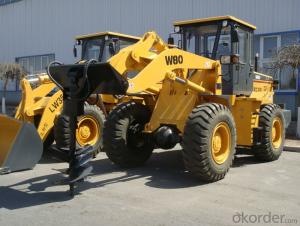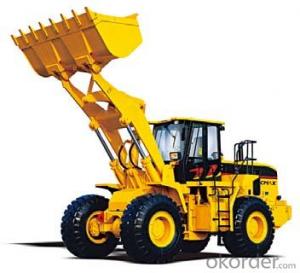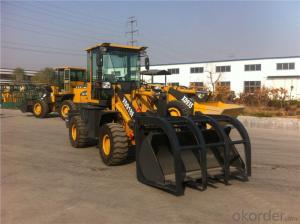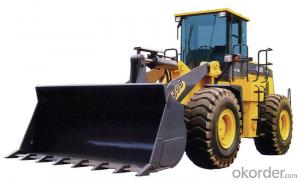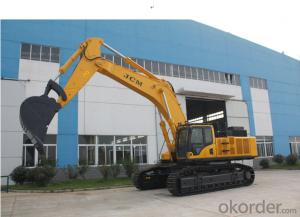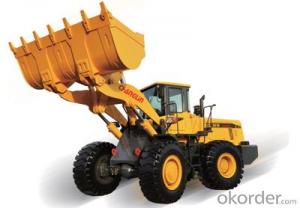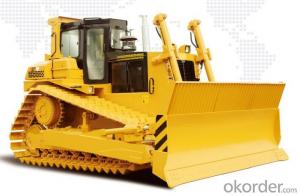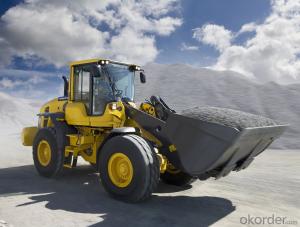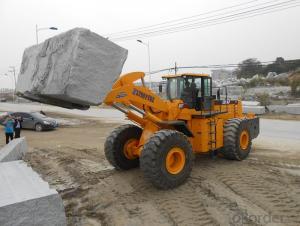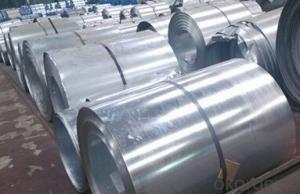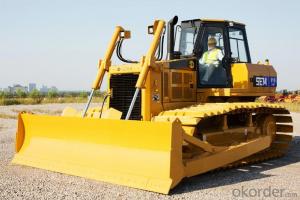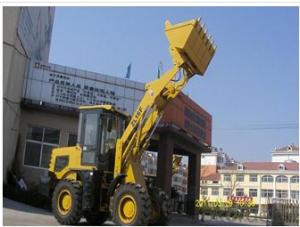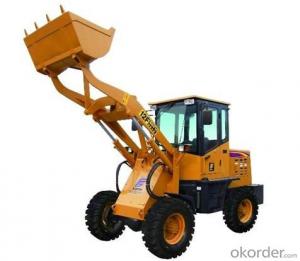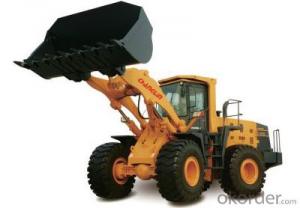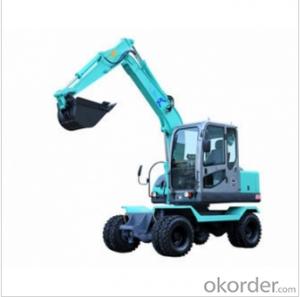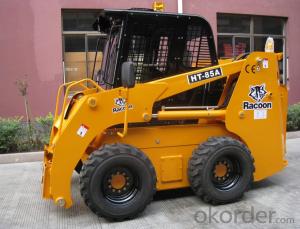All Categories
- - Steel Wire Rod
- - Steel Coils
- - Steel Profiles
- - Steel Pipes
- - Stainless Steel
- - Tinplate
- - Special Steel
- - Steel Sheets
- - Steel Rebars
- - Steel Strips
- - Hot Rolled Steel
- - Cold Rolled Steel
- - Pre-painted Steel
- - Seamless Steel Pipe
- - Welded Steel Pipe
- - Hollow Steel Tubes
- - Galvanized Pipe
- - Stainless Steel Coil
- - Stainless Steel Sheet
- - Stainless Steel Plate
- - Stainless Steel Strips
- - Electrolytic Tinplate Coil
- - Electrolytic Tinplate Sheet
- - Stainless Steel Rebars
- - Solar Panels
- - Solar Water Heater
- - Solar Related Products
- - Solar Inverter
- - Solar Cells
- - Solar Light
- - Solar Energy Systems
- - Solar Controllers
- - Solar Mounting System
- - Solar Pump
- - Solar Chargers
- - Fiberglass Chopped Strand
- - Fiberglass Mesh Cloth
- - Composite Pipes
- - FRP Pultrusion Profiles
- - Fiberglass Mat Tissue
- - Fiberglass Fabrics
- - Fiberglass Mesh
- - Composite Tank
- - Fiberglass Mesh tape
- - Polymer
- - FRP Roofing Panel
- - Fiberglass Roving
- - Monolithic Refractories
- - Ceramic Fiber Products
- - Refractory Bricks
- - Raw Materials For Refractory
- - Suspended Platform
- - Cranes
- - Concrete Machinery
- - Earthmoving Machinery
- - Building Hoist
- - Road Building Machinery
- - Plastic Pipe Fittings
- - Plastic Tubes
- - Plastic Sheets
- - Agricultural Plastic Products
- - Plastic Nets
 All Categories
All Categories
Q & A
How does technology improve the efficiency of earthmoving machinery?
Technology improves the efficiency of earthmoving machinery in several ways. Firstly, advanced GPS systems enable precise positioning and navigation, allowing operators to work more accurately and avoid unnecessary rework. Secondly, automated controls and telematics provide real-time data on fuel consumption, engine performance, and maintenance needs, allowing for optimal machine utilization and reducing downtime. Additionally, improved hydraulic systems and sensors enhance the machine's power and control, enabling faster and more precise movements, ultimately increasing productivity.
What are the main advantages of using a hydraulic excavator over a mechanical excavator?
The main advantages of using a hydraulic excavator over a mechanical excavator include greater power and efficiency, versatile functionality, smoother operation, and increased precision. The hydraulic system enables the excavator to generate more force, allowing for easier handling of heavy materials and faster digging speeds. Hydraulic excavators also offer a wide range of attachments, allowing them to perform various tasks such as digging, lifting, and demolition. The hydraulic controls provide finer movements and better control, resulting in smoother operation and improved accuracy.
What are the emission levels of earthmoving machinery?
The emission levels of earthmoving machinery can vary depending on factors such as the age, type, and condition of the equipment. However, in general, earthmoving machinery tends to produce significant emissions, particularly from diesel engines, due to their large size and heavy-duty operations. These emissions typically consist of pollutants such as carbon dioxide (CO2), nitrogen oxides (NOx), particulate matter (PM), and hydrocarbons (HC). To mitigate these emissions, manufacturers and regulatory bodies are increasingly implementing stricter emission standards and promoting the use of cleaner technologies, such as low-emission engines and exhaust treatment systems.
How do telehandlers differ from forklifts?
Telehandlers differ from forklifts in several ways. Firstly, telehandlers have a telescopic boom that allows them to extend their reach and lift loads to greater heights. Forklifts, on the other hand, have a vertical mast and can only lift loads vertically. Additionally, telehandlers have a greater lifting capacity and can handle heavier loads compared to forklifts. Telehandlers also have the ability to move loads forward and backward, making them more versatile for various construction and agricultural tasks. Forklifts, however, are generally more maneuverable in tight spaces due to their smaller size.
Wholesale Earthmoving Machinery from supplier in Belgium
With our strong local presence and global resources, we are well-positioned to meet your Earthmoving Machinery needs in Belgium. Our team of experts is always available to assist you with product selection, technical support, and after-sales service. We understand the importance of reliable and efficient equipment in your projects, and we are committed to delivering the highest quality solutions to help you achieve your goals.
In addition to our comprehensive product range, we also offer competitive pricing and flexible payment options to accommodate your budget requirements. We understand that every project is unique, and we strive to provide personalized solutions that meet your specific needs. Our aim is to build long-term partnerships with our clients, based on trust, reliability, and mutual success.
Choose us as your trusted Earthmoving Machinery supplier in Belgium and experience the difference of working with a dedicated team that is committed to your success. Contact us today to discuss your requirements and let us help you find the perfect equipment for your projects.
In addition to our comprehensive product range, we also offer competitive pricing and flexible payment options to accommodate your budget requirements. We understand that every project is unique, and we strive to provide personalized solutions that meet your specific needs. Our aim is to build long-term partnerships with our clients, based on trust, reliability, and mutual success.
Choose us as your trusted Earthmoving Machinery supplier in Belgium and experience the difference of working with a dedicated team that is committed to your success. Contact us today to discuss your requirements and let us help you find the perfect equipment for your projects.
